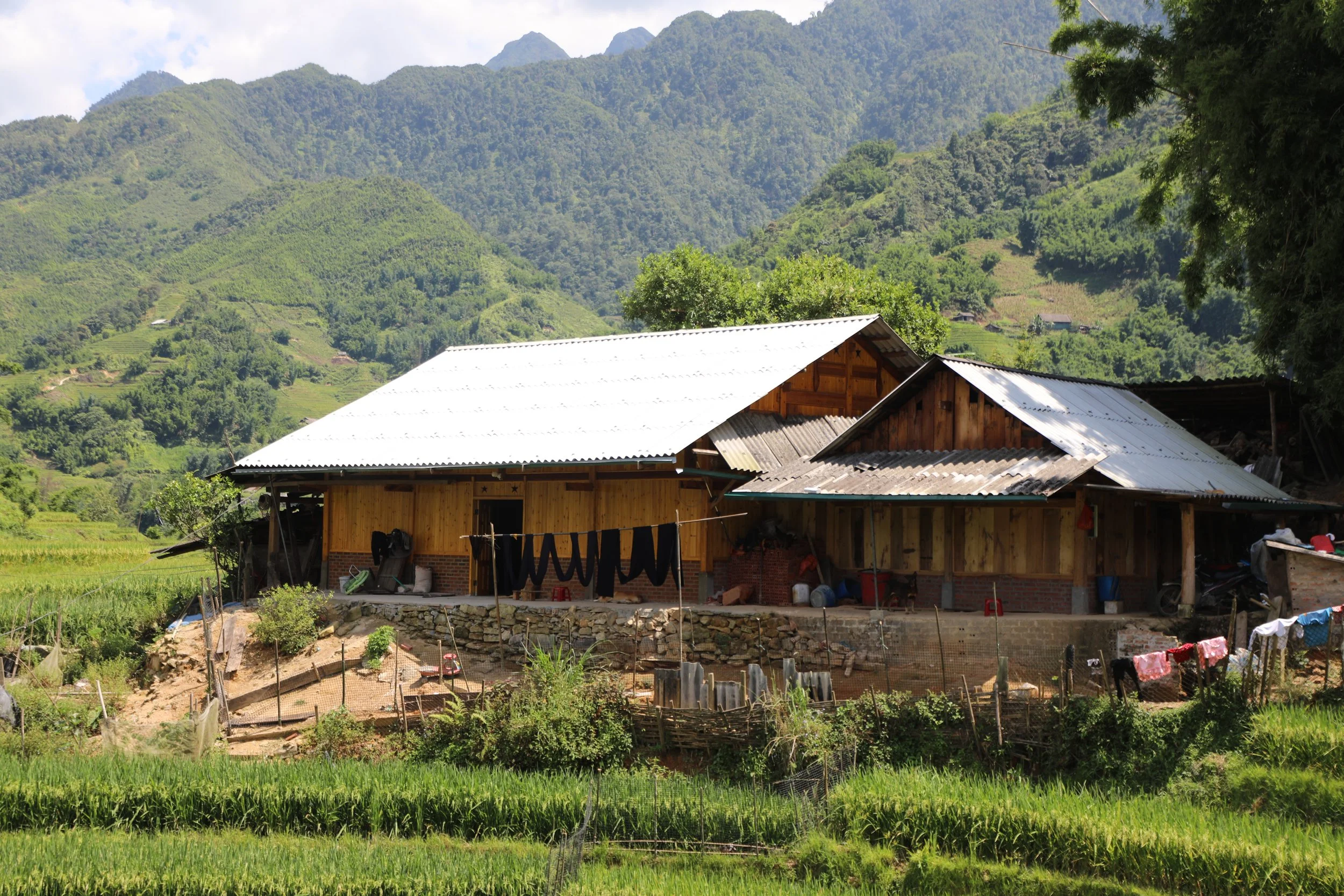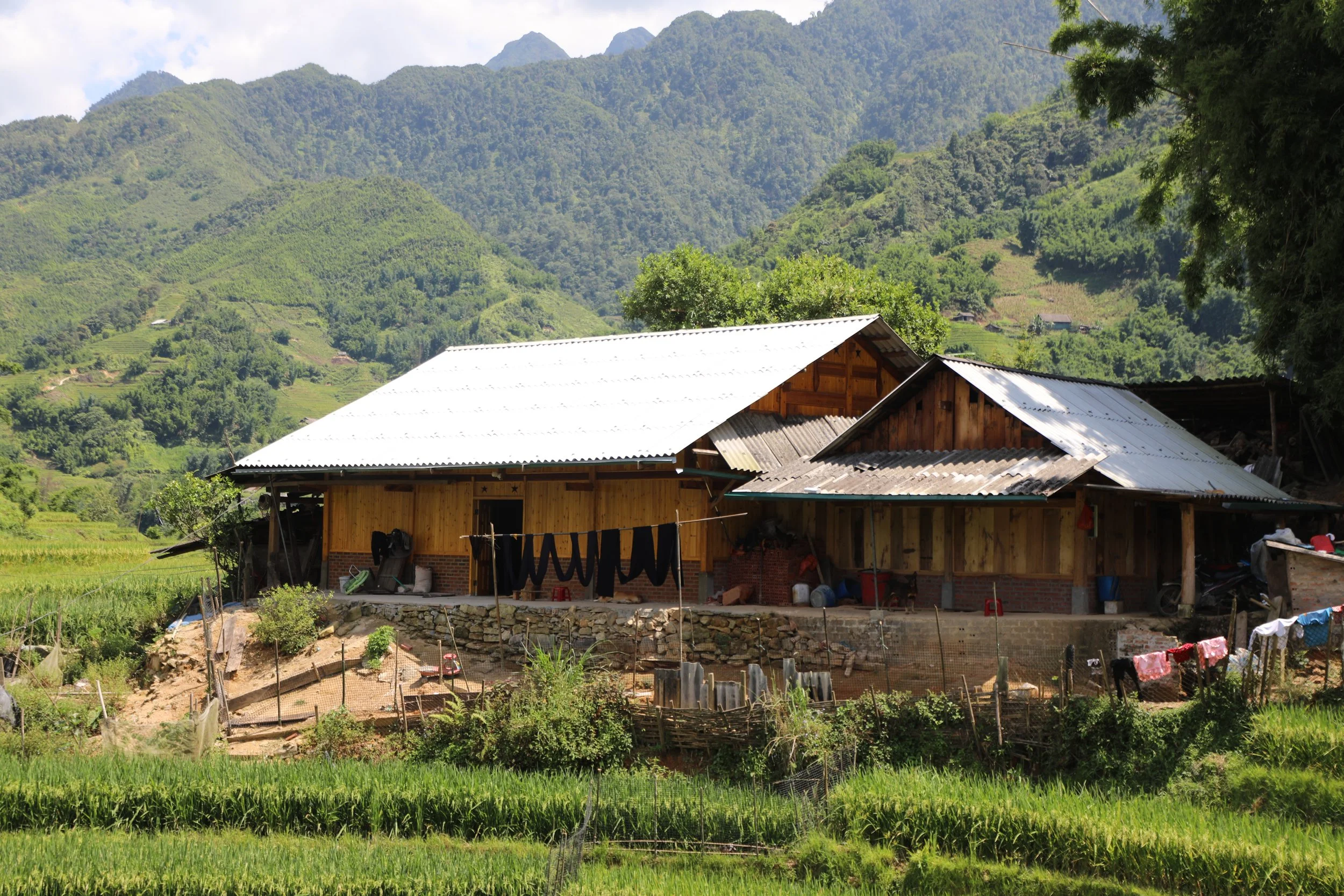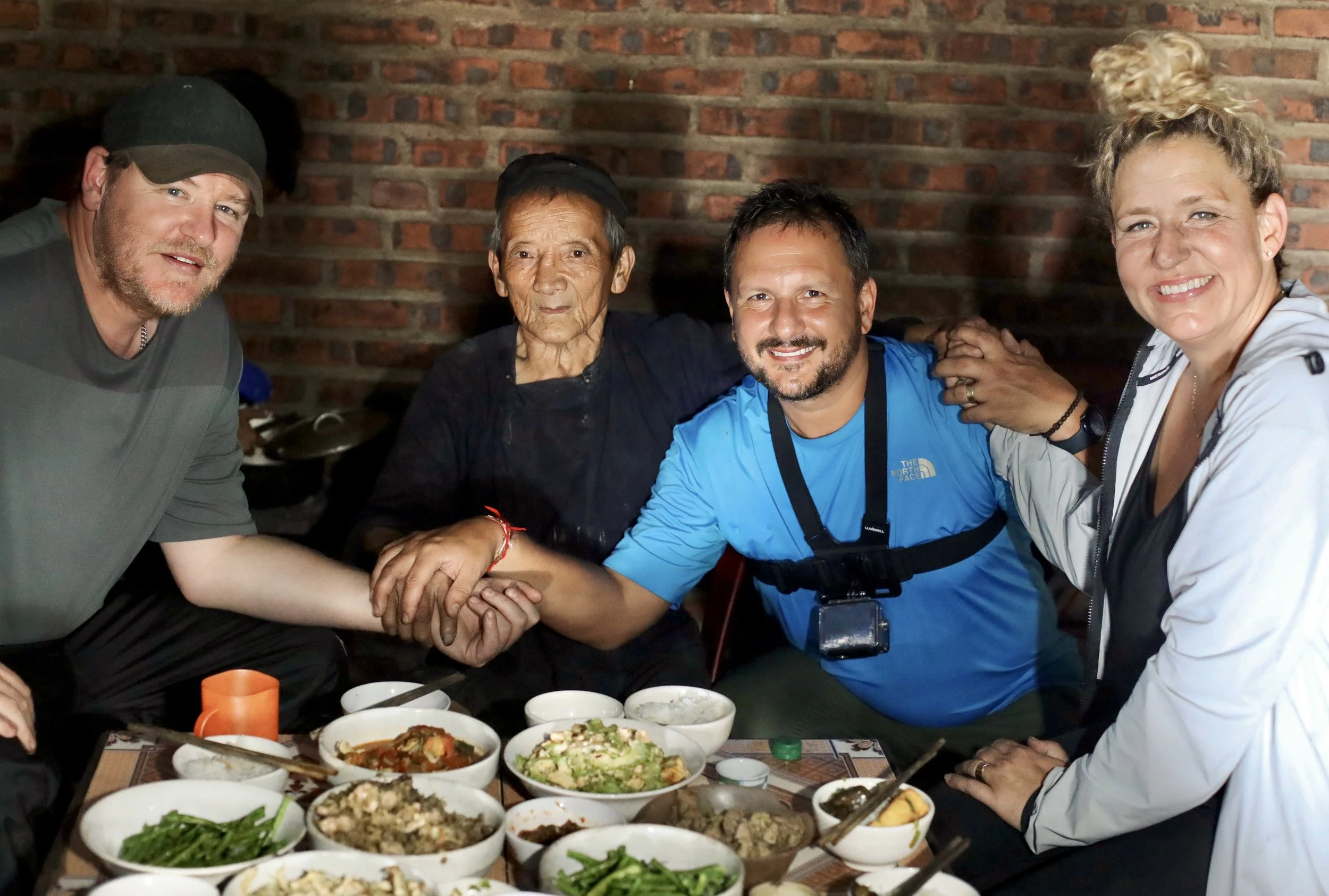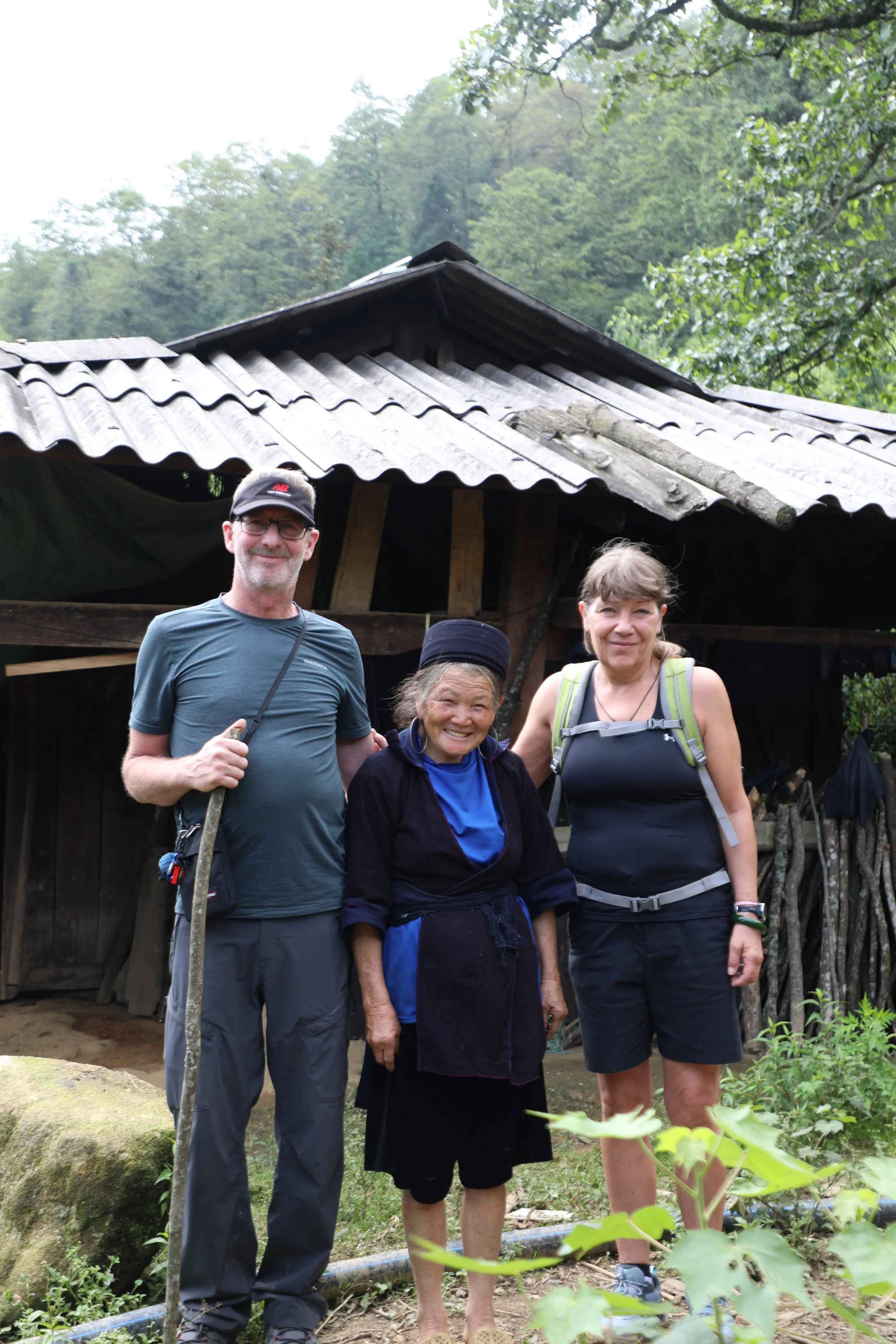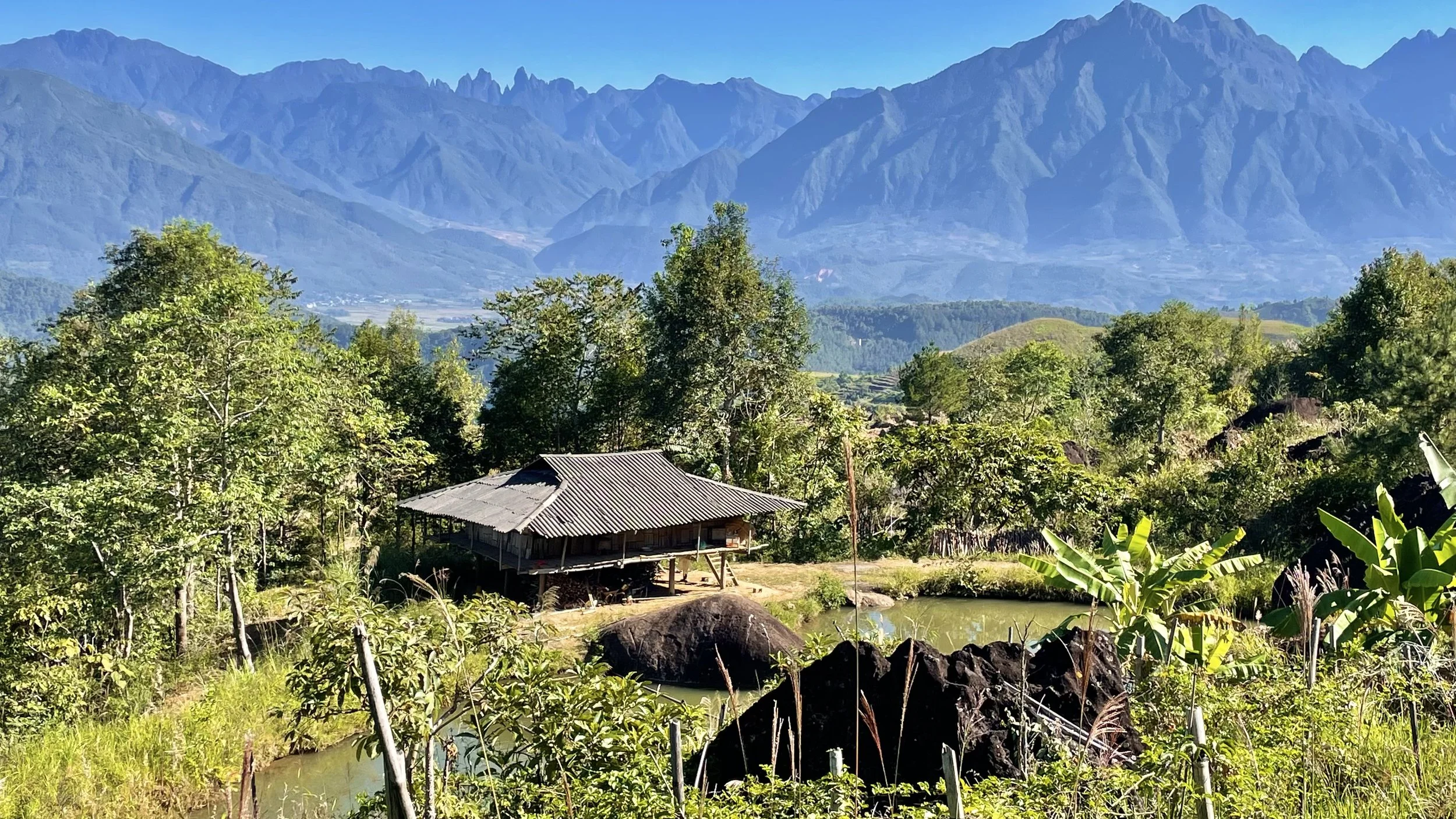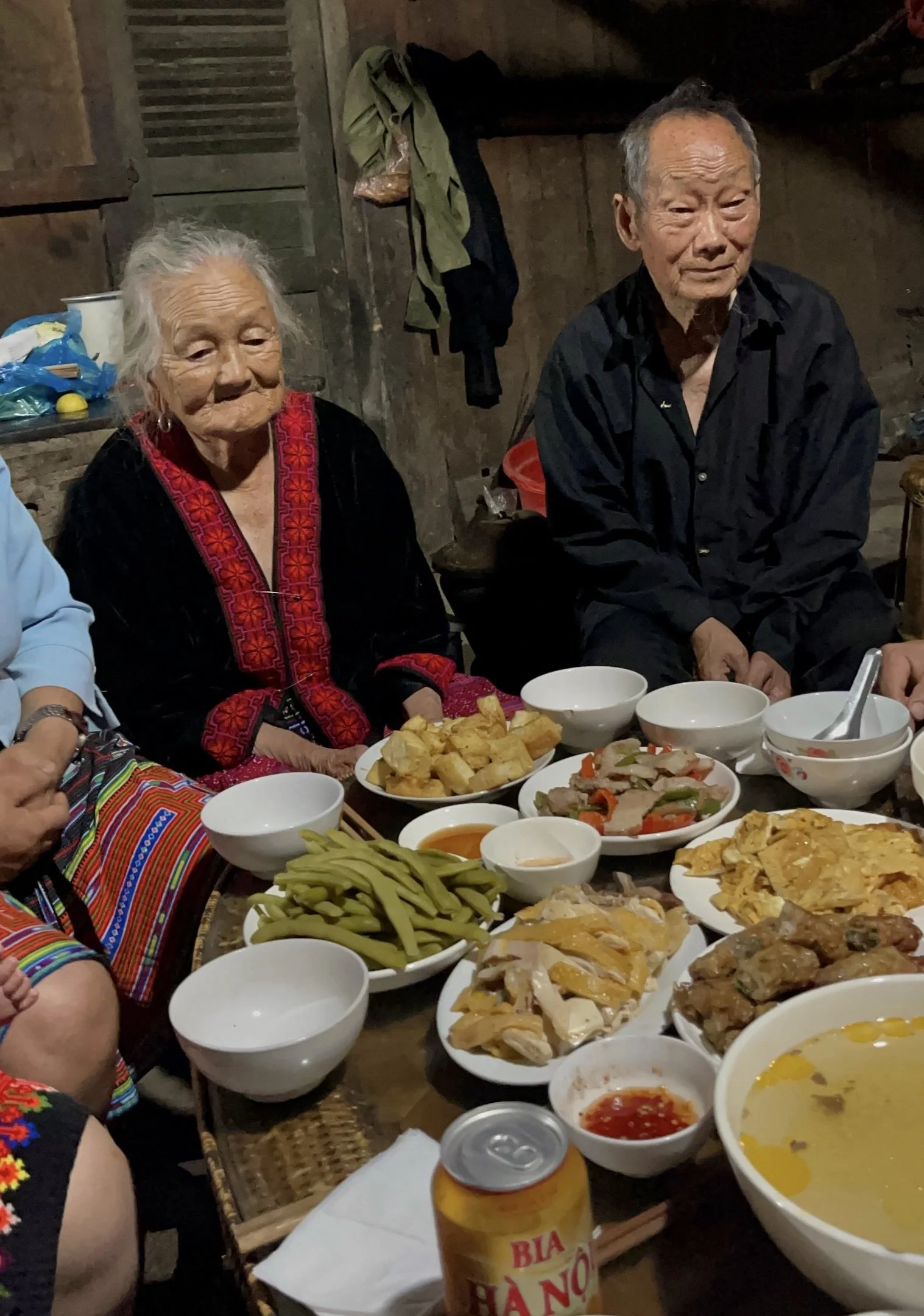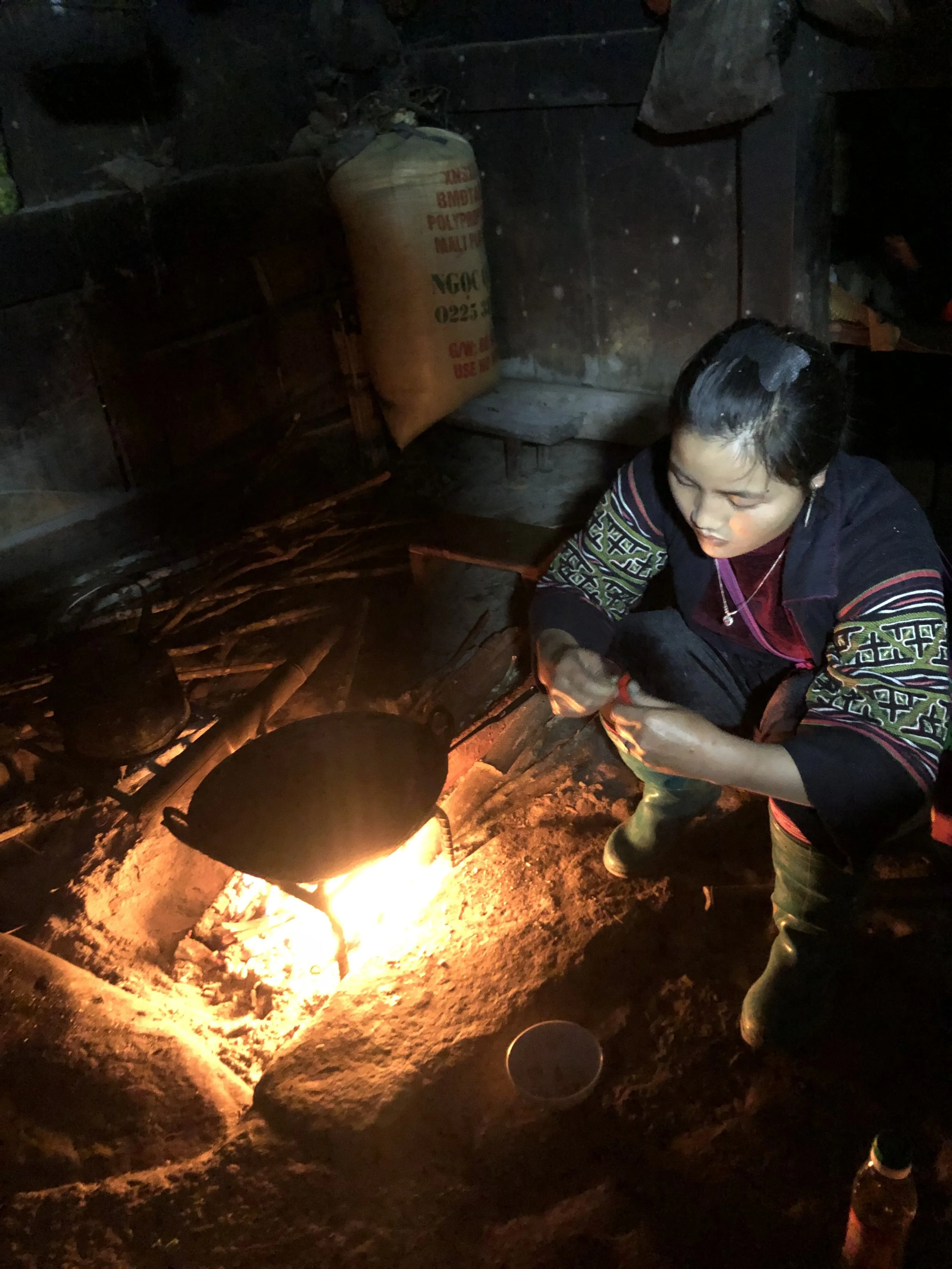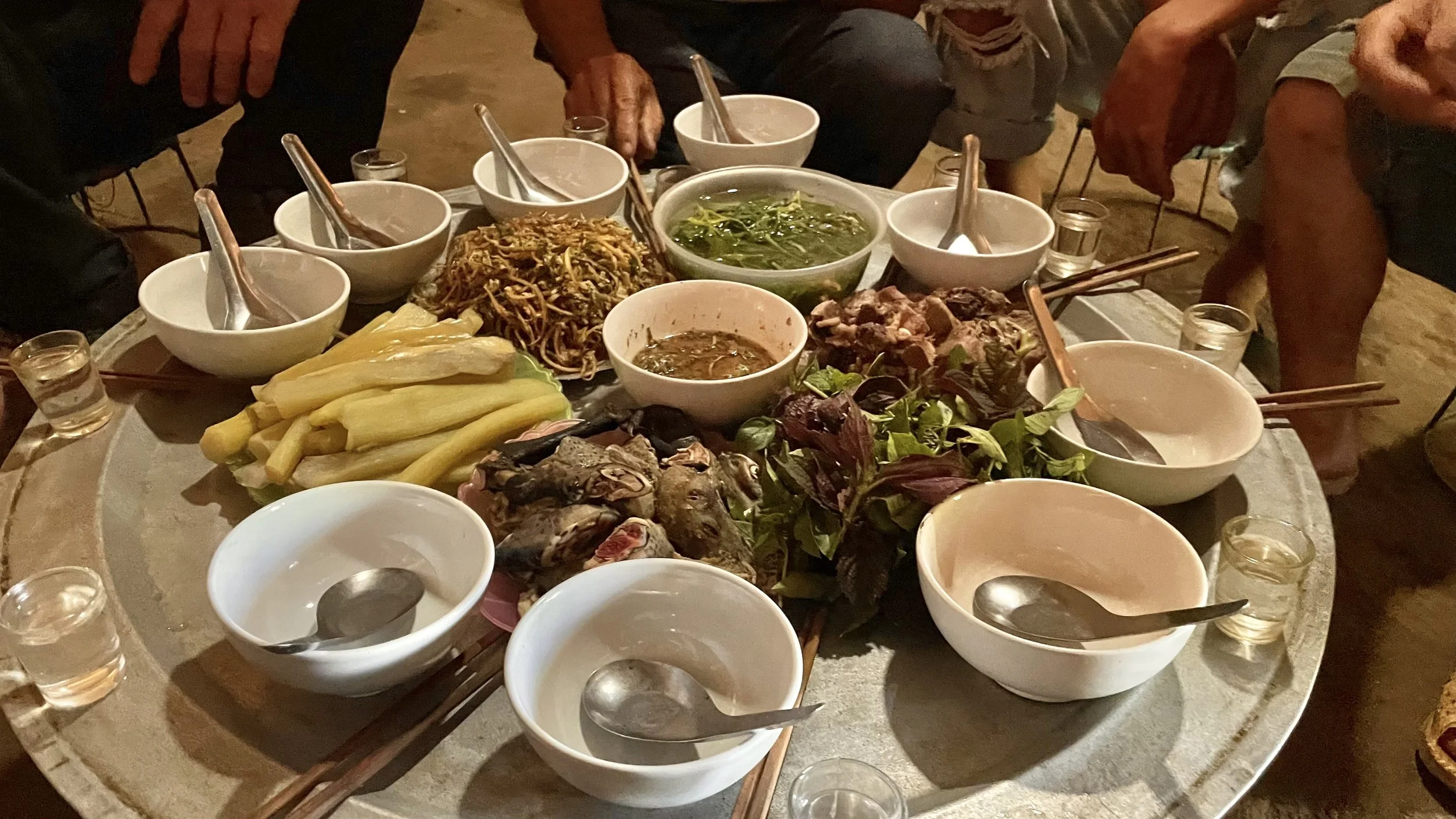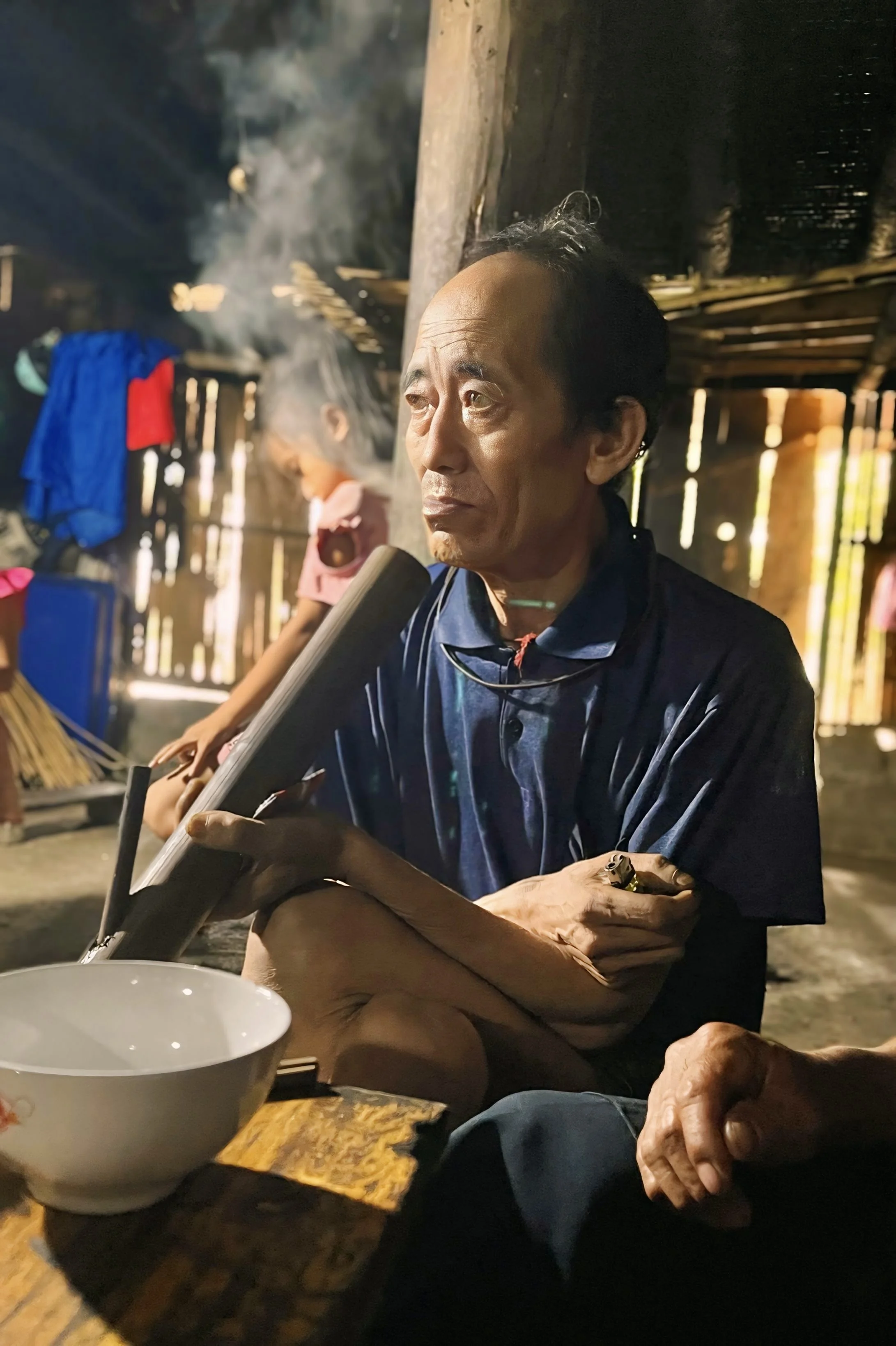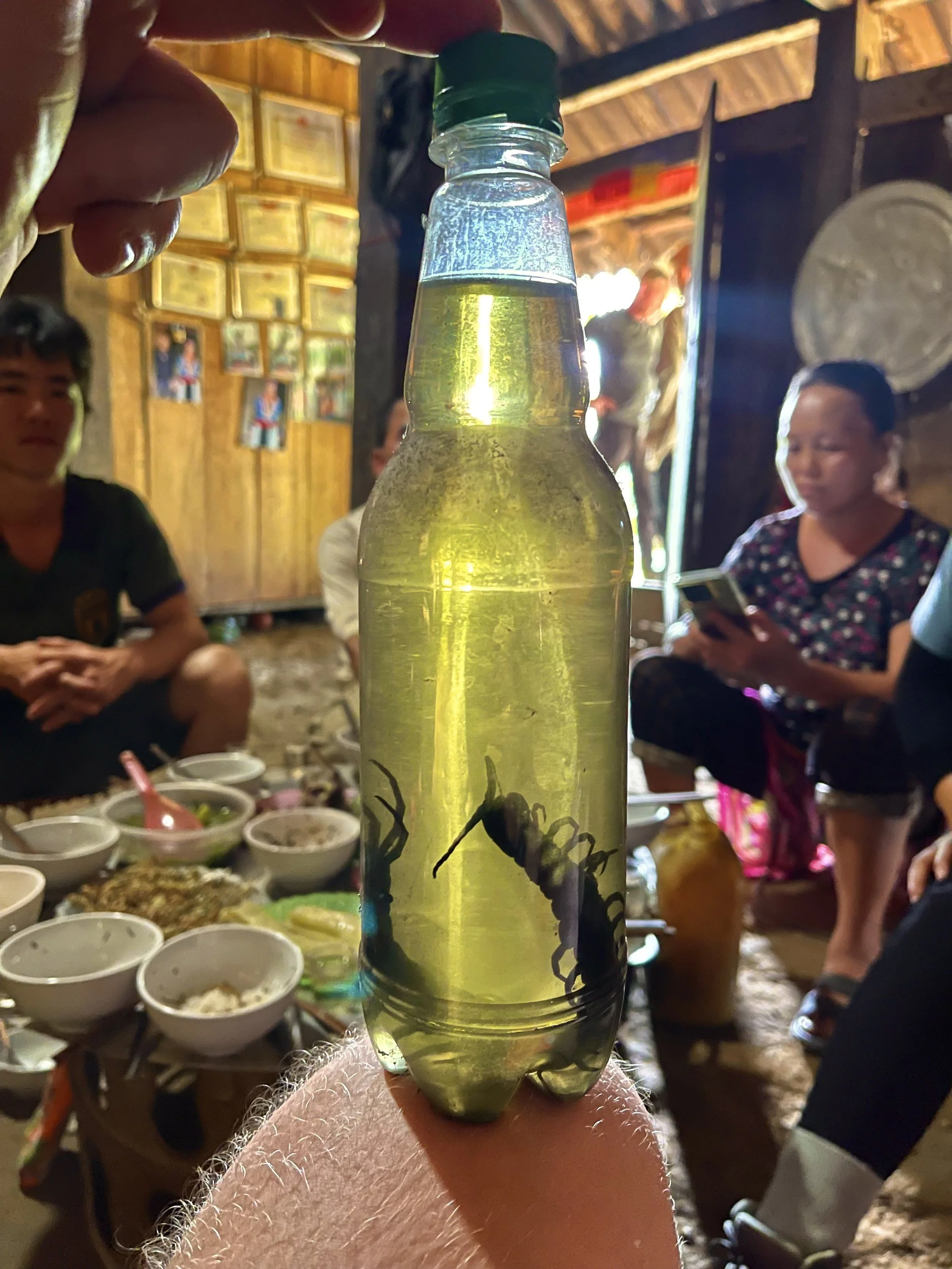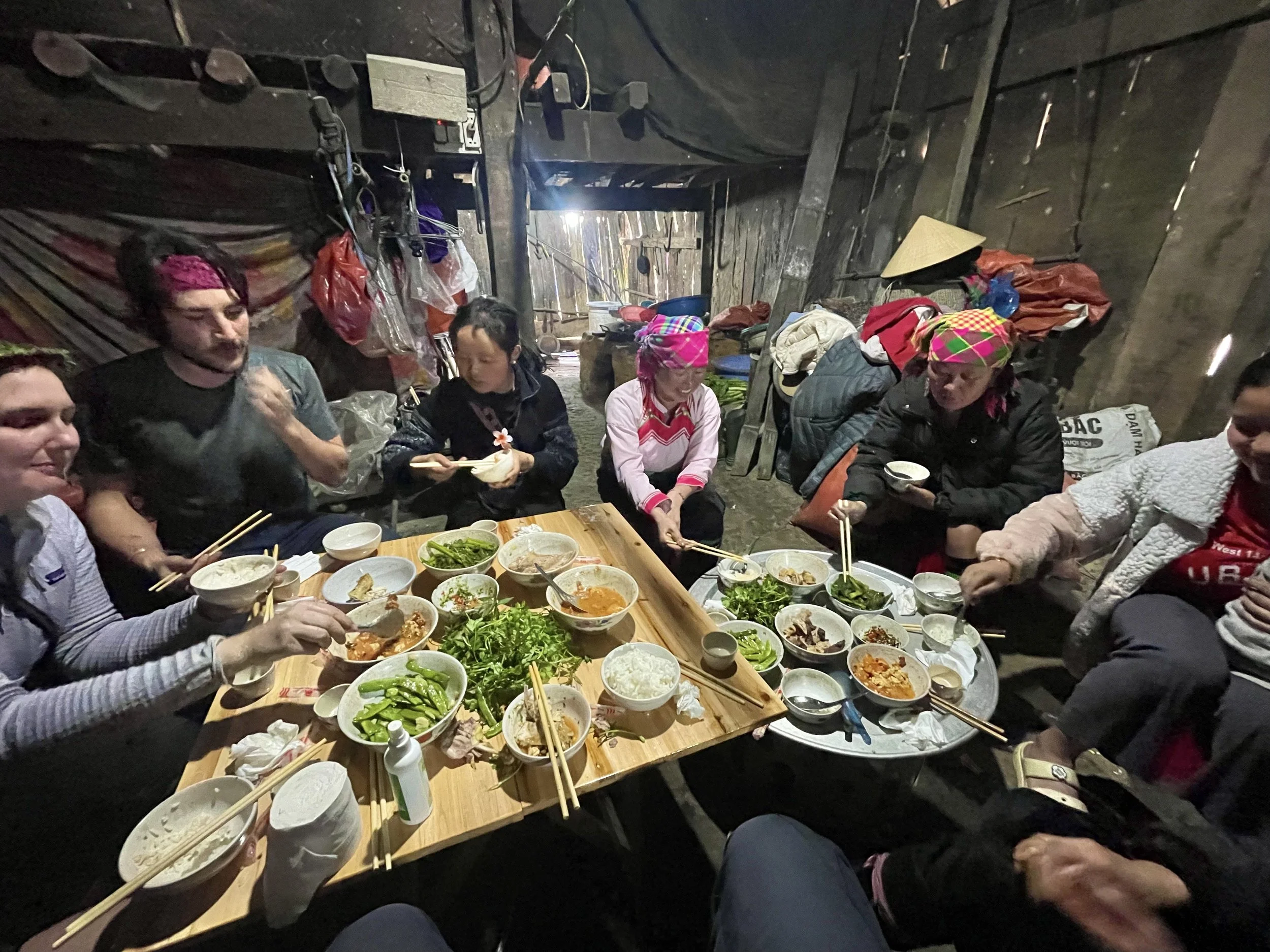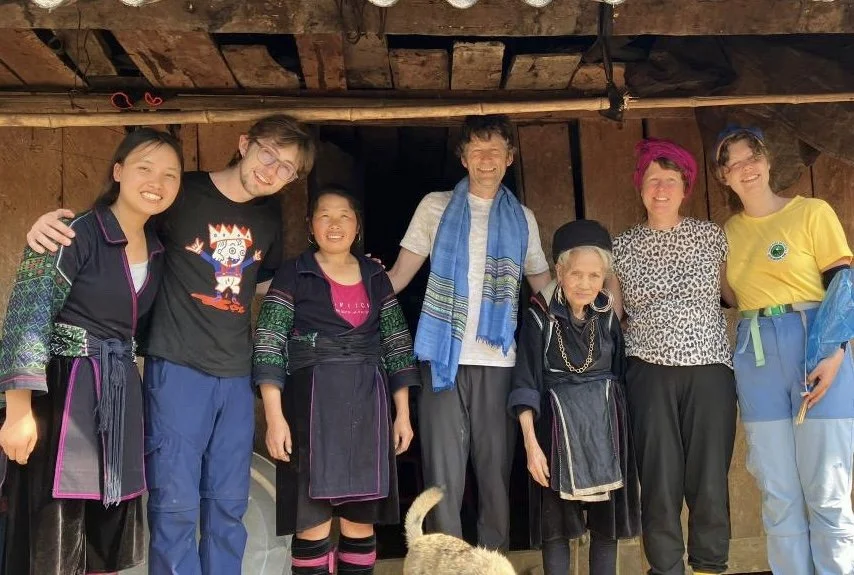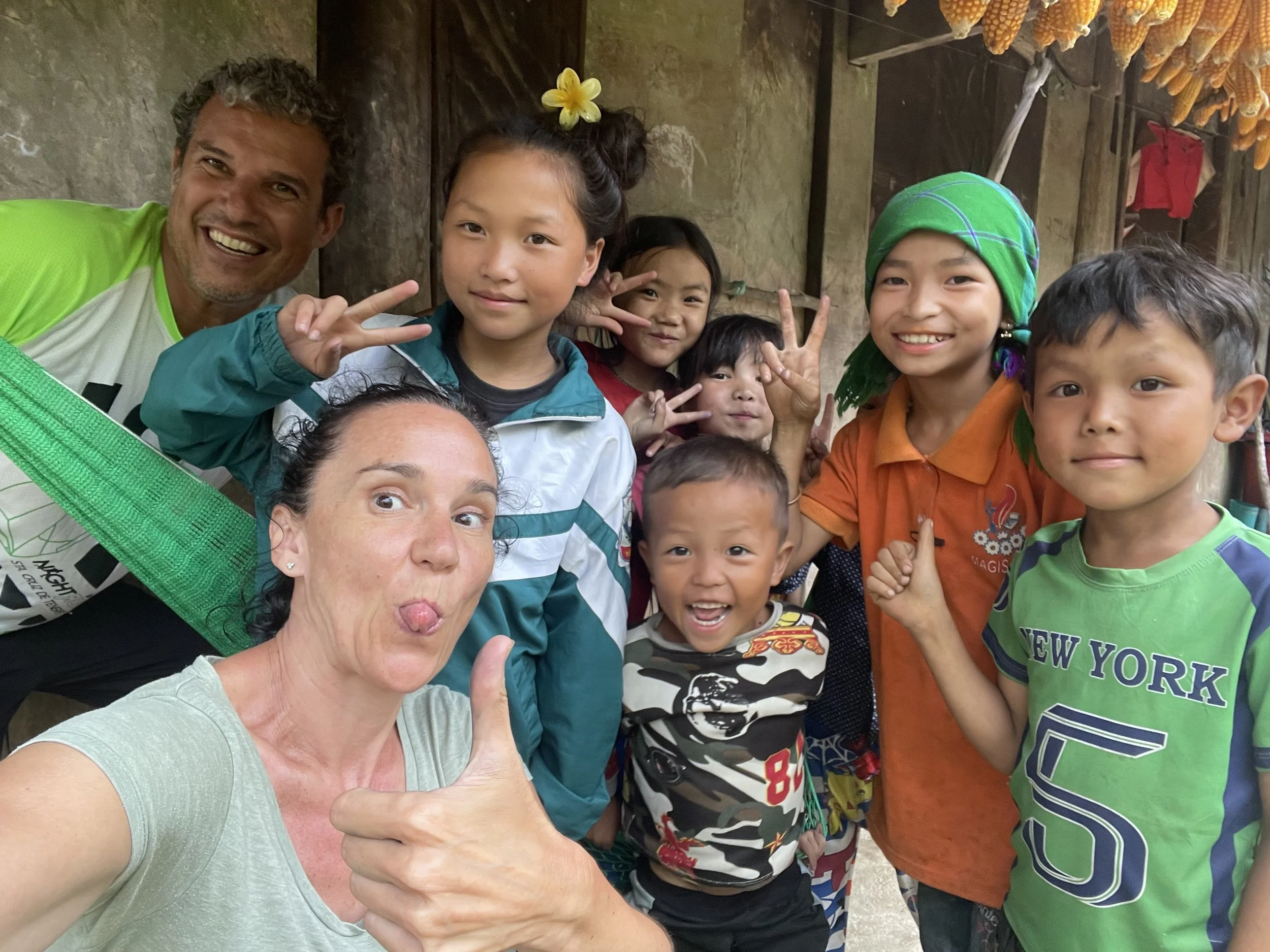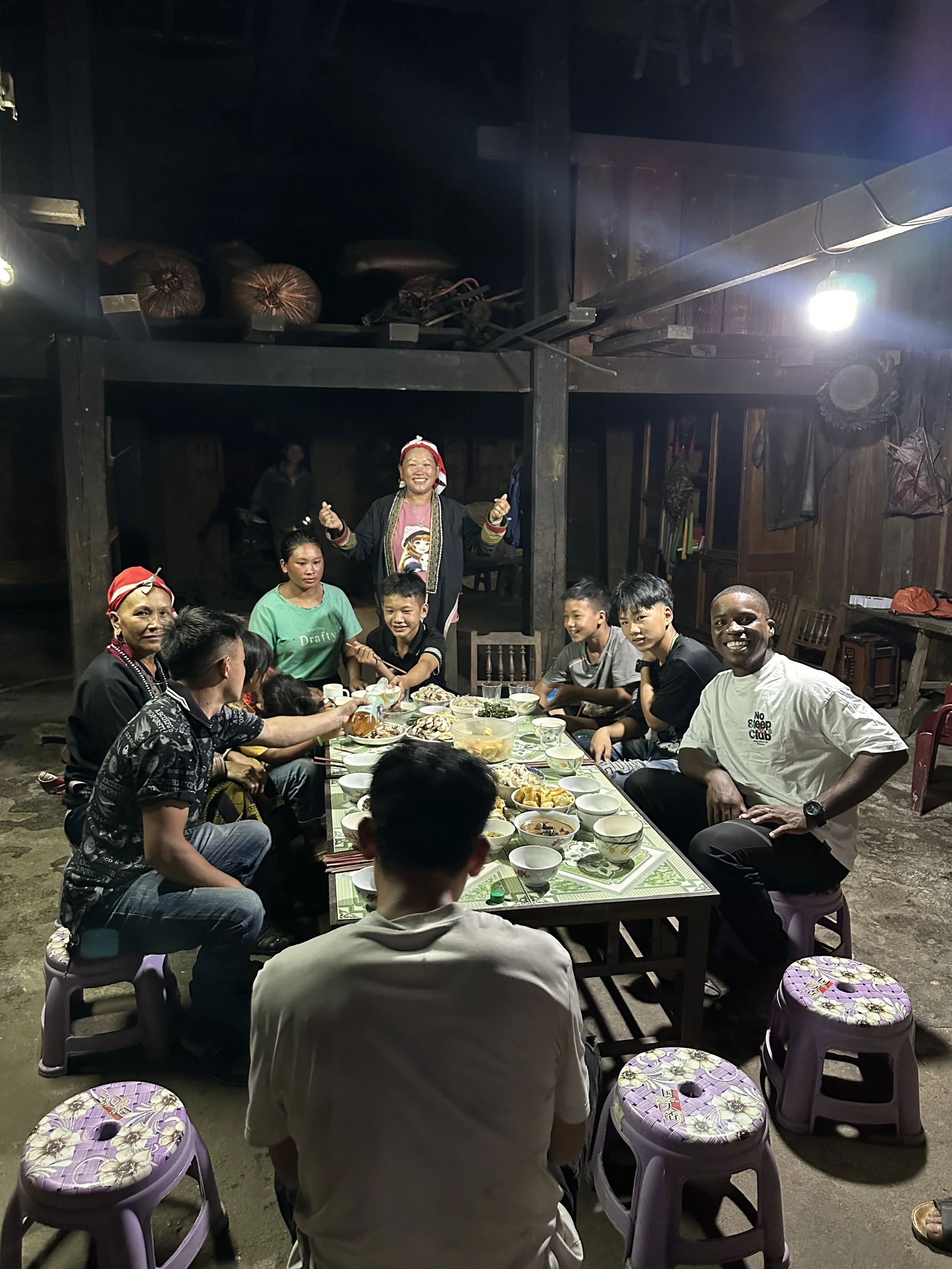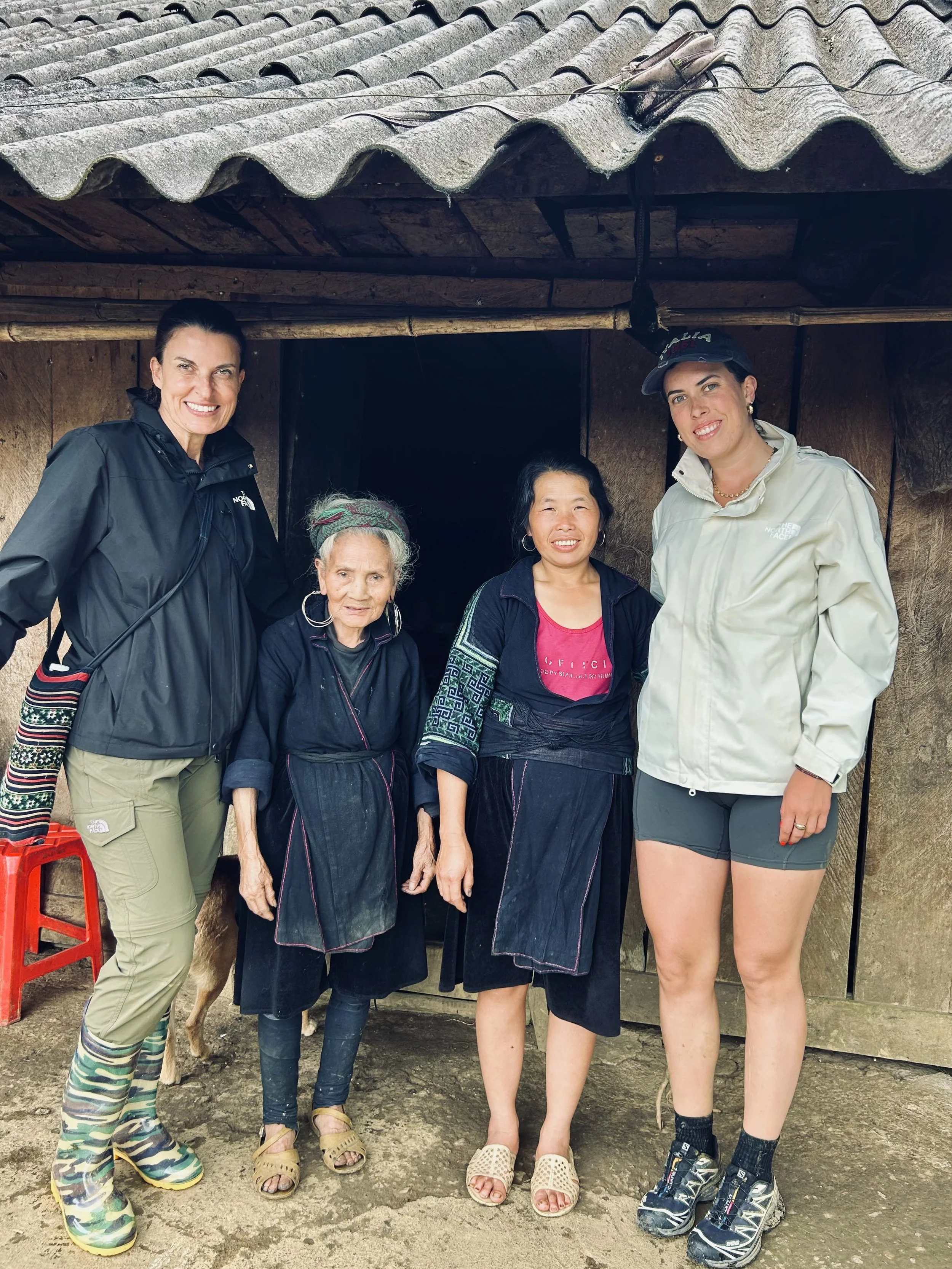Homestay Options in Sapa
Sapa Homestays with Hmong & Red Dao Families
Stay where your visit matters. Cook, weave, and share stories with host families who set their own prices and benefit directly.
Why Our Homestays
Real homes, small scale (not tourist dorms)
Family hosts, fair pay, cultural etiquette
Quiet villages with terrace views
What to Expect
Simple, comfortable bedding, mosquito nets, shared bathroom; no loud nightlife; limited mobile signal in some villages.
ETHOS Homestays
ETHOS works directly with local families to provide visitors with genuine, family-run homestay experiences. These stays are rooted in community and culture, offering guests the chance to connect with hosts in meaningful ways.
Rooms are very basic, with simple bedding and mosquito nets. Meals are home-cooked, often using locally grown ingredients, and the atmosphere is warm, welcoming and personal. Staying in an ETHOS homestay allows you to step into the rhythm of village life, creating opportunities for authentic cultural exchange.
Hmong homes are very simple, often built from wood or bamboo with no glass windows, light filters in through the gaps in the walls. Extra beds are set up in the main living space, and guests join the family in cooking whatever has been foraged or harvested that day. It’s rustic and unfiltered, but full of warmth and tradition a chance to live as the Hmong have done for generations.
Red Dao houses are slightly more structured, with an open fire kitchen and a shared sleeping space prepared for visitors. Meals are cooked together using homegrown or foraged ingredients, and many families offer their well-known herbal bath; a relaxing ritual passed down through the women of the house.
Guesthouse-Style “Homestays”
Sapa has many small boutique hotels and guesthouses that are marketed as homestays. These are often family-run, but in practice they resemble small hotels.
Rooms may include firmer mattresses, en suite bathrooms and, in some cases, modern features such as swimming pools. In other parts of Vietnam, such establishments can have more than a dozen guest rooms and provide a distinctly commercial, hotel-like environment.
While convenient and comfortable, they lack the intimacy and family connection that define a true homestay experience.
Hostel-Style Homestays
Another common option is the large, hostel-style homestay, which is usually purpose-built to accommodate up to forty travellers as part of an organised trekking tour.
Guests typically sleep in shared spaces with mattresses on the floor, mosquito nets and curtain dividers. Facilities may include several hot showers, western toilets, Wi-Fi, a communal dining area and even karaoke sets.
These places are practical, social and inexpensive, but they often feel impersonal and lack the warmth of a real family home.
The Real Experience
In our view, the only true homestays in Sapa are those in genuine family homes. These are the most basic of the three types, but also the most rewarding.
Rooms are simple, often with nothing more than a sleeping mat or wooden bed frame with a blanket and mosquito net. Meals are cooked over an open fire, producing flavours that are unique to traditional kitchens.
Local family homestays welcome only small groups, which creates a friendly, intimate atmosphere. Guests are invited to join in daily life, whether through cooking, farming or conversation, and have the chance to learn first-hand about local traditions and culture.
What these homes lack in luxury, they more than make up for in authenticity. Choosing a local family homestay means stepping away from the tourist trail and into an unfiltered experience that is 100% local, deeply personal and unforgettable.

